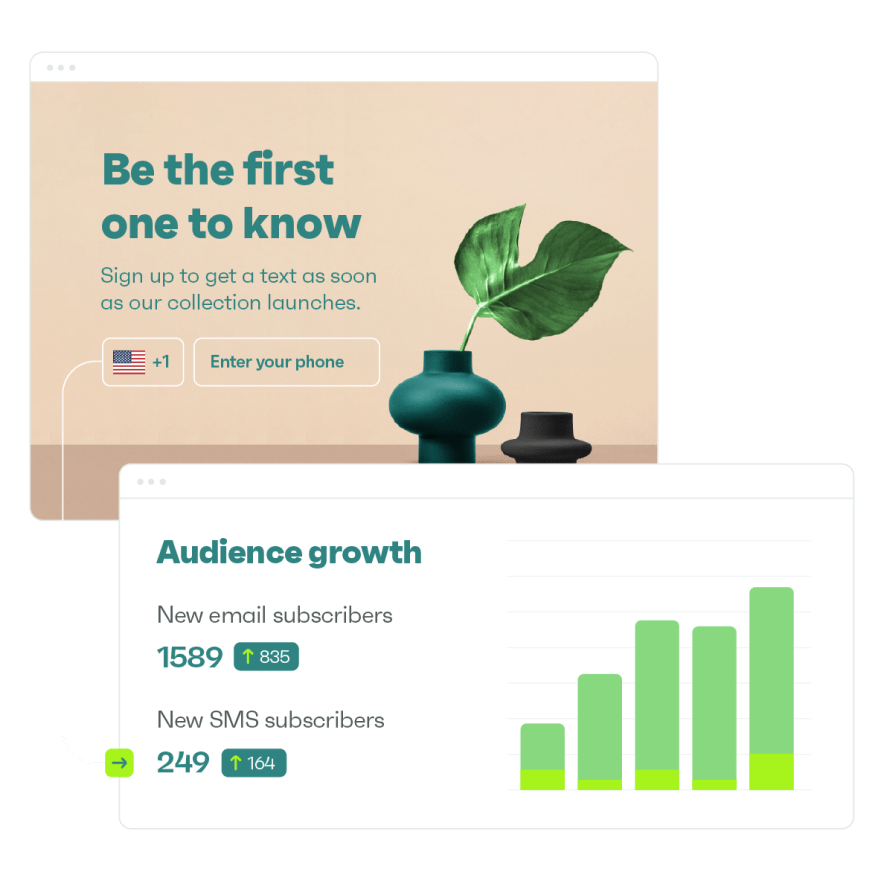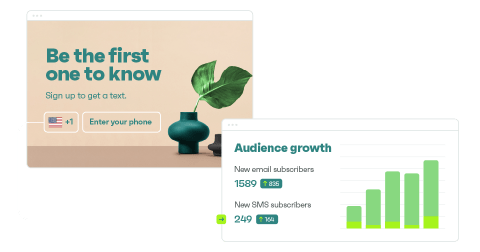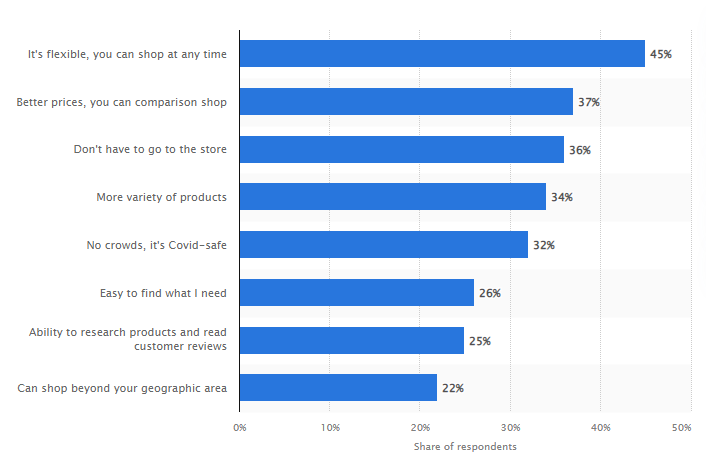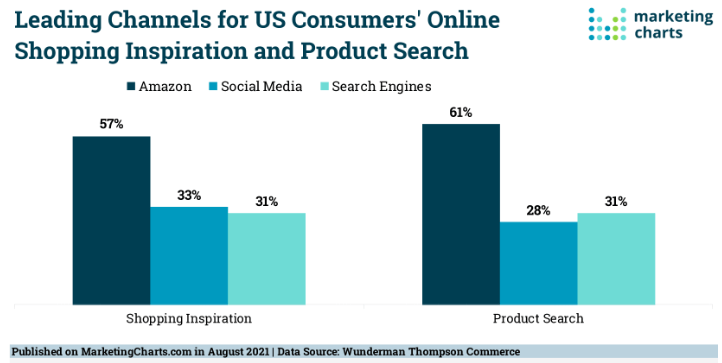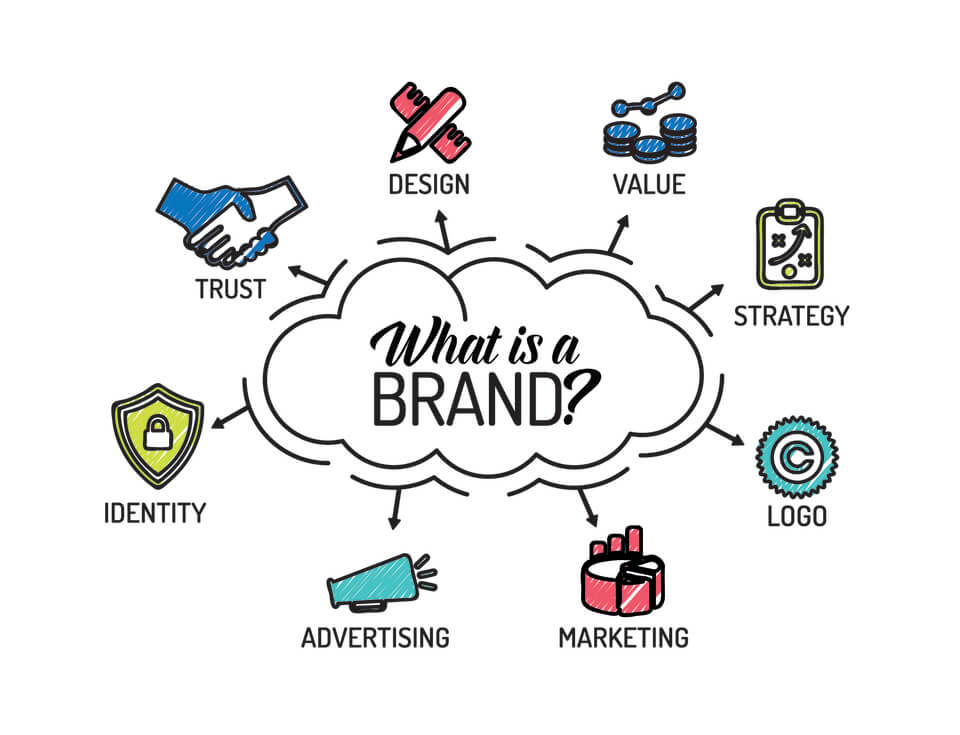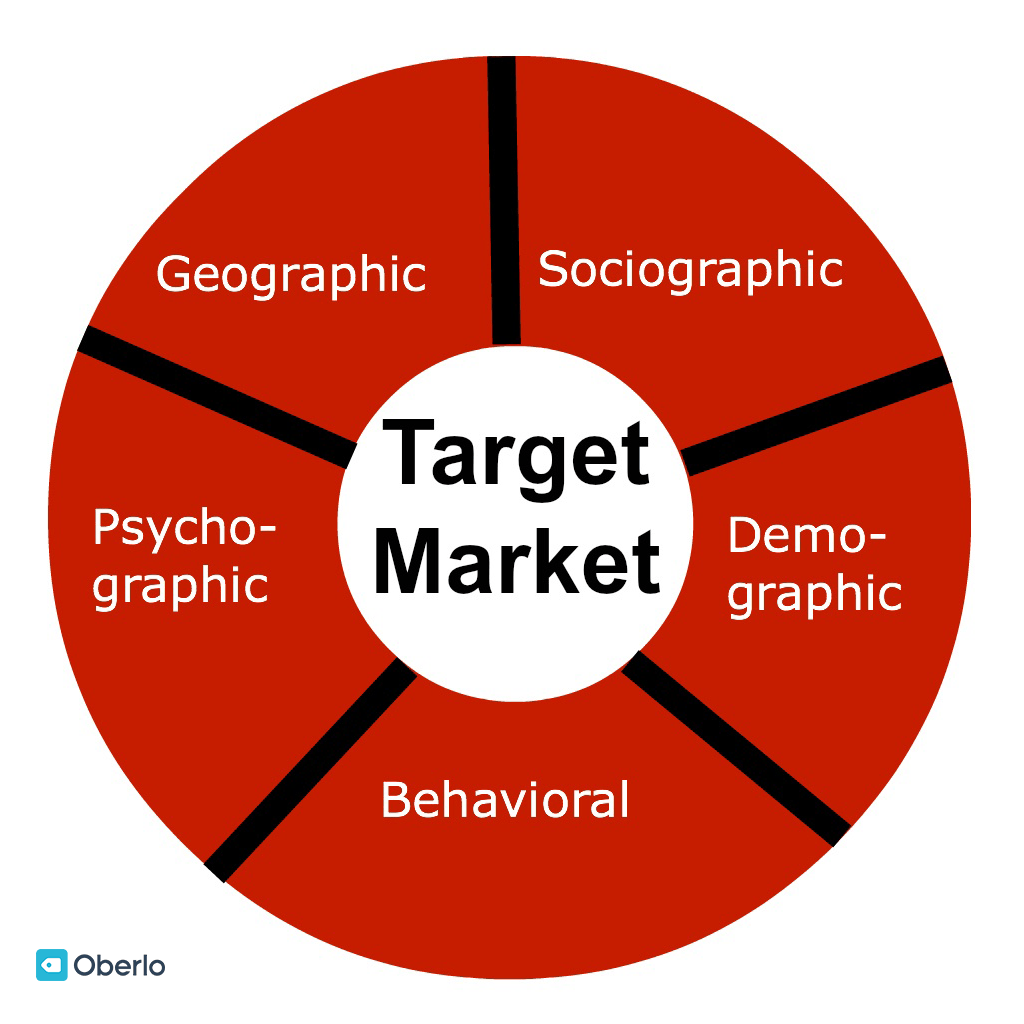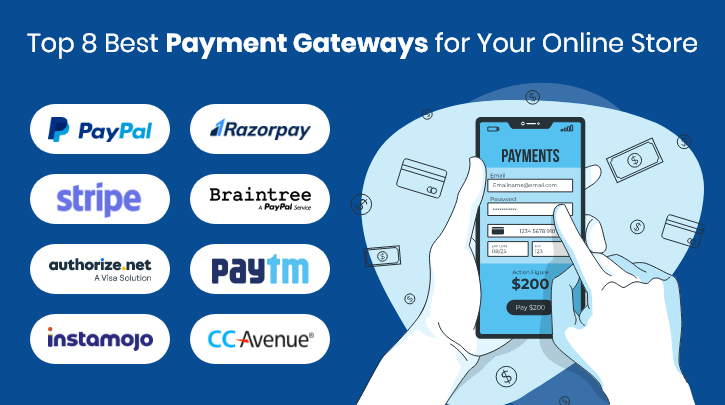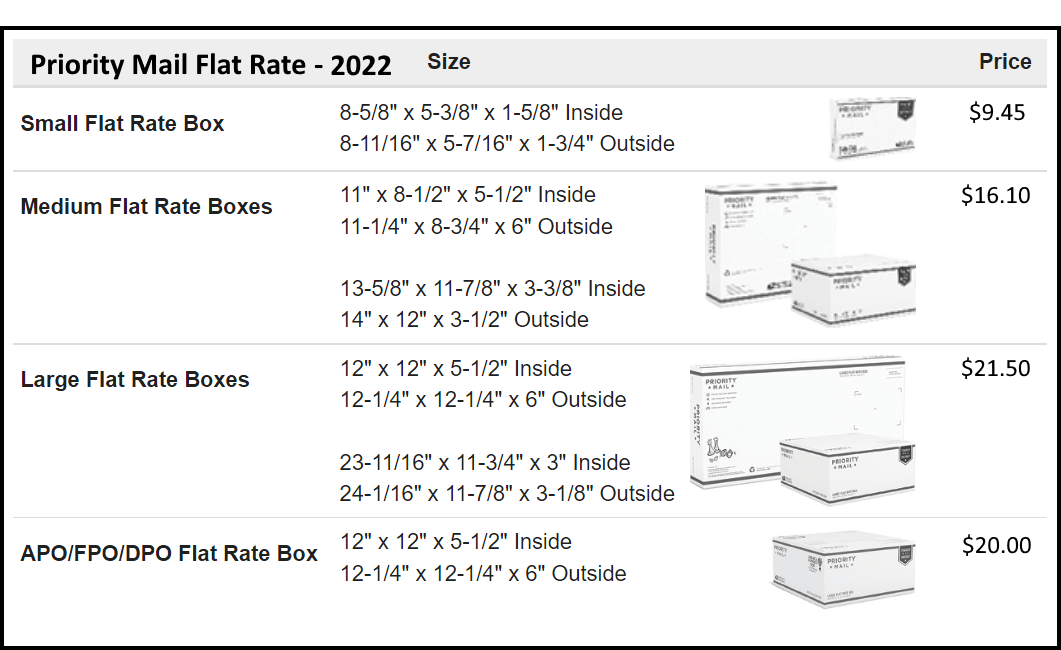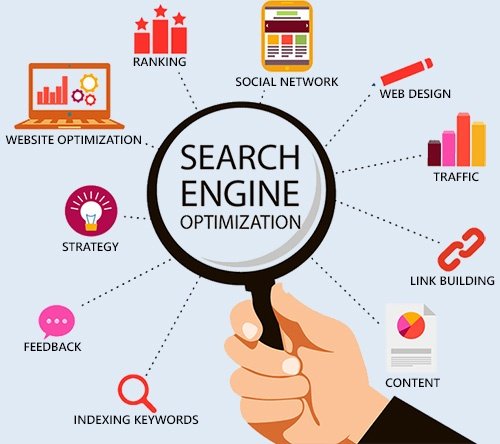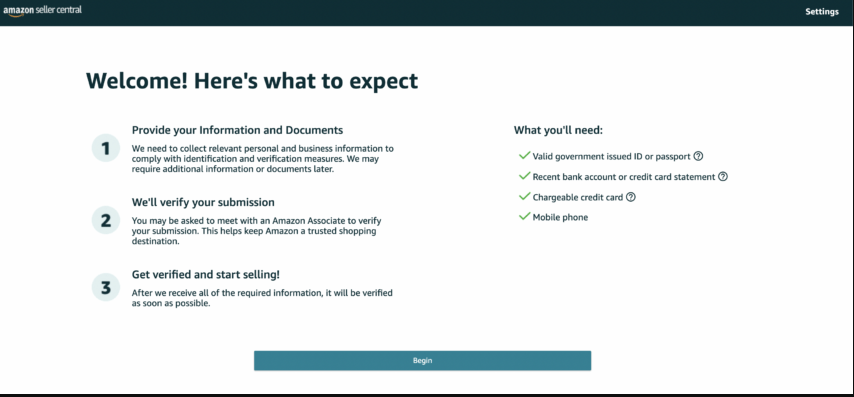Drive sales on autopilot with ecommerce-focused features
See FeaturesHow to sell online in 2024: The definitive guide
Starting a business sounds like an attractive idea for every entrepreneur until they get down to the nitty-gritty. Then the issue becomes where to begin.
That’s why you need to learn how to sell online. After all, it’s 2024 and you can’t do without it.
A recent survey revealed that over 50% of consumers globally prefer online shopping for two main reasons—it’s convenient and they can shop at any time.
This just emphasizes how indispensable ecommerce has become.
On the brighter side, getting your online store up and running has also become easier. You can sell your products through your website, social media page, or any other online marketplace.
This post gets into the details of it all, discussing all you need to know about how to sell online.
Reasons to start selling online
Why does every entrepreneur need to learn how to sell things online?
Here are some benefits of selling in online marketplaces according to recent statistics.
Top of the list, as mentioned, is the convenience that brings to consumers as they don’t have to leave home and can shop any time.
Here are some benefits you stand to gain as a store owner:
1. More money
Reaching customers at their convenience means more sales. In 2022 retail online sales were estimated to be over 5.7 trillion USD worldwide and this number is projected to increase in the coming years
2. Expansion of target markets
Unlike brick-and-mortar stores, which are limited by their physical location, online stores are only limited by their marketing efforts. Otherwise, they have access to broader markets.
Online sellers can take advantage of local SEO to reach more people.
3. Global expansion of your business
Besides local expansion, selling online makes it easy to expand into global markets. With a simple Google search, customers can locate your store and buy your products.
This is unlike the case with physical stores, which would need lots of funding, research, staff, and time to expand into global markets.
4. Lower startup costs
Starting and maintaining a brick-and-mortar shop is capital intensive. You need to pay for rent, utilities, merchandise, and employees.
Conversely, launching an online store is cost-effective. All you’ll need is a website and an online store builder. These sometimes cost as low as $20-$50 every month.
Once you have a store, all you’d need to worry about is storage space if you’re buying inventory. And if you go the dropshipping way, this isn’t an expense you’d need to worry about.
Furthermore, you’ll have cost-effective marketing methods like social media, email marketing, and SEO. Fewer employees are needed and you can survive as a small team for a while.
5. High shopping frequency
Since customers can shop and have items delivered to them from the comfort of their homes, shopping frequency for online stores is higher. And with mobile commerce, online selling is even more convenient.
6. More brand awareness
According to research, 57% of online shoppers get their shopping inspiration on Amazon, while 33% rely on social media.
This makes it essential for every brand to have an online presence, irrespective of whether your customers end up buying online or in person. Their first interaction with your brand will likely start online, so you’ll need to reinforce your brand’s authority.
Some things they’ll be looking for before making a purchase are product reviews, prices, price comparisons, inventory availability, etc.
7. Improved brand strategy
The more you learn about how to sell online, the more you’ll learn how to collect consumer insights and create actionable strategies. Ecommerce makes it easier to provide customer support, respond to customer complaints, and collect feedback.
You can also provide more information on your products, build your brand image and influence your audience’s purchasing decisions. All these help you build your overall brand strategy.
8. Everything is measurable
Data is easier to measure when you sell online. You can easily track your performance through various marketing channels. There are innumerable tools to track customer data, their location, demographics, etc.
You can also map out their interactions with your website, see what works, learn what to improve, and so forth.
9. Better customer service and experience
It’s easy to respond to customer feedback, improve customer experience, and tend to their queries online. You’ll have more channels available to you for this including live chat, email, social media DMs, and more.
Tips on how to sell online
If you don’t already have a digital presence, starting an ecommerce store can be daunting. These online selling ideas should come in handy.
1. Establish a brand name
If you want your customers to remember your brand and easily distinguish it from your competitors, you need a unique brand name. This will help customers recognize your brand instantly and tell you apart from your competitors.
When you get your brand name right, here’s what that does for your business:
Gives it a competitive advantage
Having a unique and personalized brand name helps set you apart from your competition. In a saturated market, you’ll need something that makes you stand out, and your brand name could be it.
Builds customer trust
When your customers can easily identify your name and associate it with your products, they’re more likely to trust your brand.
Fosters loyalty
Customers are more likely than not to be drawn to brands they already know. This familiarity gives them a sense of comfort which encourages them to stay loyal to your brand.
Here are some tips to choose the right brand name:
- Keep your online business name short and clear, and use descriptive words. Make sure it’s easy to pronounce, write, and memorize.
- Choose a name that stands out from the crowd. You don’t want your brand name to sound too similar to that of one of your competitors.
- Choose a name that is easy to incorporate into a logo and will look visually appealing.
- Pick a name that’s related to the products you sell, so it’s easier to relate your brand name with the kind of products your sell.
Along with your name, there are several things that help make a brand.
Here are some other brand identity elements that you should consider using:
- An optimized logo, one that goes with your brand name.
- Your brand voice. Use a consistent tone and voice when you interact with your audience on your website, social media, and other marketing channels.
- Tagline or trademark, especially one that can set you apart and make you more sales.
2. Choose your niche to sell online
Before picking a niche, ask yourself the following questions:
- Do you have any professional experience in this niche?
- Do you have an existing network in this niche?
- Is the niche too broad?
- Is the niche too competitive?
Here are some tips to choose the right niche to sell online.
Follow your passion
Usually, a great place to start when finding a niche is to do something you already know and love. This way, you have a working knowledge of the business you want to start. It’s just easier this way.
Conduct market research
This is meant to establish if there’s even a demand for what you want to sell. How should you go about market research?
The best place to begin is by checking your competition. Look at what they’re doing. Check out their prices, their marketing strategy, who their target market is, and so forth.
Then you can proceed with keyword research. Look at Google Trends to see what’s popular and how much search volume there is for it.
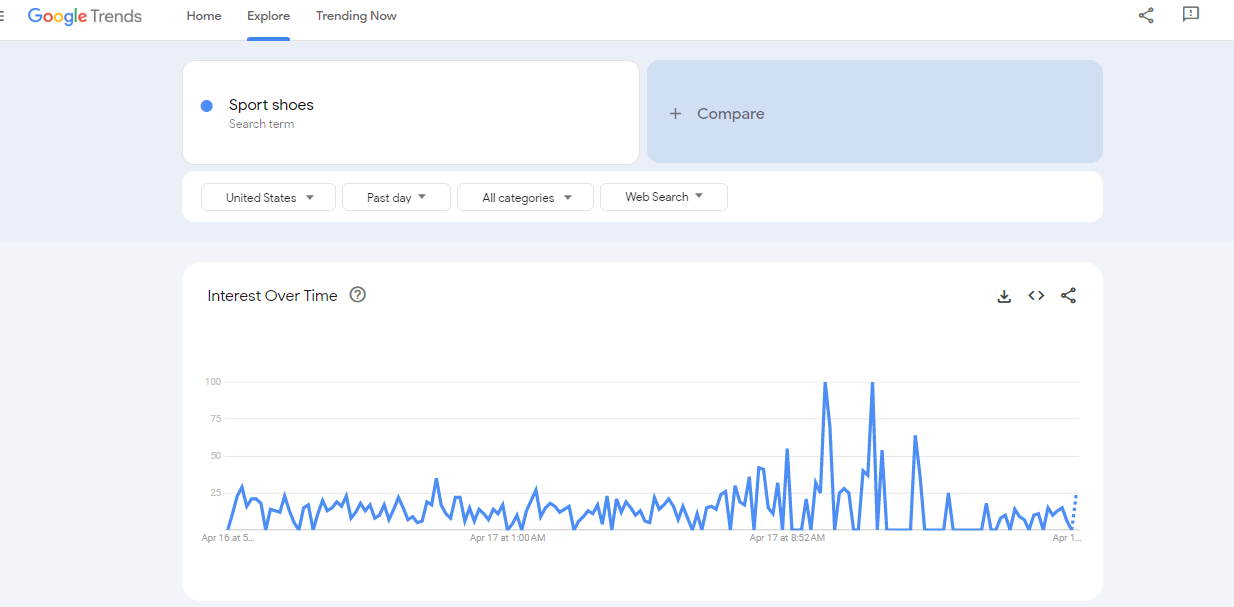
You can conduct more specific keyword research using free keyword tools. Look for words associated with the products and services you’ll be providing to assess the market demand.
Keyword research helps with your organic visibility. Once you start selling you’ll know the keywords to target for organic visibility. This helps you spread brand awareness for your products.
Social media sites and forums are also helpful with market research. You can run surveys on forums, such as those on Reddit and Quora, to get insights.
3. Identify and define your target audience
Conducting market research helps you identify, define, and understand your target audience. You want to sell your products to people who need them and advertise them to people who find value in them.
Research shows that every year, $37b is wasted in advertising that fails to engage the target audience.
How can you identify your target audience?
Some factors that help you determine your target market include location, demographics, factors like their purchasing habits, interests, income bracket, and more.
Here’s how to establish your target audience:
Evaluate competitors
Check who your competitors are targeting and how. Identify their customer demographics and psychographics to get an idea of who you should target.
Conduct surveys
Conduct surveys on your potential customers to find out their demographics, income bracket, etc. This could be in form of polls, social media sentiment analysis, or references to similar previously conducted polls. This will help you build your customer persona and create several ideal profiles to target.
Understanding your target audience helps you:
Pick the right marketing channels for your products
For instance, retail products work better on platforms like Facebook and Instagram while B2B marketing thrives on platforms like LinkedIn.
Know what keywords to target
With a clear audience in mind, you can target more specific long-tail keywords and improve your SERP rankings.
Design better landing pages
You’ll be able to tailor your landing pages to a specific audience and drive more conversions.
4. Create a website and an online store
Ecommerce tools like Shopify, Wix, and the WooCommerce WordPress plugin have made it so much easier to sell online—no technical skills needed
These online store builders are suitable for both small and large businesses. This gives you a whole budget range to work with.
If you’re a developer, you can take the open-source route and customize your platform to whatever your vision is for your business. There are innumerable tools for that too.
Once you’ve chosen your ecommerce platform, here are the next steps you should take:
Get a domain name
A domain name identifies your online shop to your customers. This is one of the things that are crucial to the success of your ecommerce business.
Some platforms let you choose a domain name for free while some ask you to pay for it. You’ll need to pick a domain name that doesn’t already exist and that matches your business name.
If you have a domain name plus a website you can easily integrate your store builder into your website. Most website hosting platforms have made it easy to turn sites into ecommerce stores.
Website design
You’ll need to pick a template that users can easily navigate. Make the most crucial pages accessible to users, e.g. your product, contact, about, and support pages.
Don’t forget to choose a simple, yet visually-aesthetic layout, as this improves customer experience. This is your chance to visually present your online store to your audience like you would a physical shop.
Optimize user experience
You want customers to have a flawless experience with your store, from start to finish. For this, you should optimize your product as well as your ecommerce checkout pages to reduce cart abandonment.
This includes writing stellar product descriptions, adding high-quality images, and setting up product categories. For a seamless checkout, provide numerous payment methods and convenient shipping options.
5. Choose your marketing channels
There are a plethora of marketing channels available to promote your products and sell them online. Now that you’re aware of who your target audience is, choosing marketing channels should be a walk in the park.
Here are examples of marketing channels you can consider:
Email marketing
This involves building and managing an email list. You can use emails to reach your target customers, build a relationship with them, and ultimately turn them into long-term customers.
SMS marketing
Just like email marketing, you need to build an SMS list. Here, with your audience’s permission, you can send promotional, informational, and transactional text messages.
Social media marketing
Reach your audience on their favorite social media platforms with social media advertising and social media organic marketing.
Marketing channels help create brand awareness for your business, build relationships with potential customers, and influence them into making a purchase.
6. Choose a platform to sell online
There are many ways to sell online and each is convenient for different business types. Here are some examples:
Marketplaces
Sometimes, having an ecommerce website is just too expensive and you may not be there yet financially. Or you’re just looking to be a retailer, and haven’t decided what your brand identity will be. Or you’re looking for a way to complement your website sales.
Sites like Like Amazon, Etsy,eBay or any other online marketplace are great places to start. You get access to a ready market and in return, the sites keep a percentage of the sales you make.
Ecommerce platforms
Established businesses, or stores that are looking to create their own brand identity are better suited to have their own ecommerce stores.
Shopify, WooCommerce, BigCommerce, and Wix are some ecommerce platforms you can use to build an online store. Wix is best suited for small businesses, Shopify for large, and WooCommerce for those on WordPress sites.
Depending on your budget and technical knowledge you can choose a hosted or self-hosted platform.
Via social media
Social media platforms like Facebook, TikTok, and Instagram provide marketplaces for retailers. With Facebook, for instance, people can buy items directly from your business page.
Instagram on the other hand, is perfect for sharing high-quality pictures to showcase your brand image.
Create a business page to establish your credibility, and have a product catalog for better results.
7. Set up your payment process
There are many ways that your customers can make payments on your online store. You’ll need to provide a variety of ways for your customers so they can pick the ones convenient for them.
Ecommerce platforms make it easy to connect to payment processors and gateways. Sites built on Wix and Shopify integrate with payment processing tools like PayPal, Square, and Stripe.
This lets you process:
Debit/Credit card payments
Credit card processing payment gateways connect your shopping cart to credit card processing networks. This lets buyers complete payments without leaving your checkout page. The funds will then be transferred from the customer account to your merchant account easily.
Digital wallets
These include Googe Pay and Apple Pay. Wallets store customer credit card information safely so your customers don’t have to reenter them every time they want to make a payment.
Payment gateways have complex pricing structures. Make sure you understand these so you’re clear on what that’ll cost you.
Also, make sure that your site is secure, as you’ll be handling sensitive financial data. Make sure your SSL certificates are always active and up to date. Most ecommerce platforms take care of this automatically.
8. Set up your shipping methods
Most people do not consider shipping among the first items when learning how to sell online. So it’s easy to overlook just how crucial fast and easy shipping is to running a successful online store.
You should assess your carrier options when taking care of your shipping settings. Get cheaper,cost-saving services that protect your profit margin.
Some shipping options you can provide to your customers are:
Expedited shipping
This refers to shipping that’s done faster than the standard time. Couriers charge differently for these shipping requirements.
Next-day
This shipping option allows your customers to receive their packages the day after they place an order.
Flat rate
Here, the carrier charges a fixed rate for certain item sizes regardless of what the package contains. Here’s an example of USPS priority mail flat rates.
Local pickup
Here, you can set a location radius and have customers in that area pick up items locally. This saves costs and most customers within your locations won’t mind picking up items as long as they live close by.
Freight
This is for large shipments, typically over 150 pounds. It’s suitable for large businesses that ship large quantities to a sorting center, then send them to local/regional shipping carriers for specific customers. Depending on location, you can opt for air freight, ocean freight, etc.
International shipping
This is a great option for global brands selling to customers worldwide. This is a bit more complex as you’d have to worry about trading tariffs, taxes, and customs (fees and forms).
9. Promote online
This involves building an ecommerce marketing strategy. Here are some tips to promote your online business:
Build and manage your email list
Emails are a great way to reach your audience directly. Get an email marketing automation software that helps you build an email list and improve your email marketing campaigns.
Send welcome emails, offer discounts and promos, send cart abandonment alerts, etc.
Invest in SEO
SEO involves optimizing your web pages for organic search. Research shows that the number one result in organic search is likely to get clicked 10 times more than a page in the 10th spot.
Conduct keyword research and include keywords in product descriptions, blog posts, and page URLs.
Also, ensuring a great user experience is key. Improve your site’s loading speed, ensure quick checkout, and build backlinks.
Create useful content
The most common way to use content to boost website SEO is by creating high-quality blog posts. You can use your blog to connect to your audience, inform them, and improve your search engine rankings.
Other forms of content you can create include podcasts, product guides, and guest posts for backlinks and to reach a wider audience.
Invest in PPC
Pay-per-click is another popular advertising channel, mostly targeting search engines and websites. Here’s an example of a PPC ad.

The two leading sites that offer this kind of advertising are Facebook and Google. With PPC, you can easily choose a specific audience to target.
Build partnerships
Here, you can partner with other brands to reach a wider target audience. This helps the two brands that are partnering share their audiences and mutually benefit from each other.
Use influencer marketing
Influencers help you reach new audiences. Work with creatives who love your product and have large audiences and have them spread the word about your brand on their social media platforms
Pick relevant influencers so you can reach the relevant audience.
Best ideas for online selling
Still wondering how to get started?
Here are some practical ideas on how to start selling online:
Start a dropshipping business
Not ready for the hassle of buying and stocking inventory? Dropshipping is the way to go. Besides the convenience of not holding stock, it lets you offer an extensive list of items to your customers.
Start selling on marketplaces
You can create an account with online marketplaces like Amazon, Walmart, Etsy, and eBay and list your items there for sale.
Here’s what you’ll need to create a selling account on Amazon, for example.
You won’t need an online store if you take this route. However, you can always complement your ecommerce store by selling on marketplaces as you’ll get access to a wider market. It also gives you a head-start selling online.
Become a digital marketing consultant
If you’re an expert on email marketing or SEO, how about a consultancy business? A Wix online store would be great for an online store like this.
Launch apps and websites
If you’re a professional developer, you can create and sell digital products like webpage themes, applications, etc. The demand for technical skills will only go up and you can take advantage of that.
Become an affiliate marketer
If you’re an influencer or a content writer, you can try affiliate marketing. Get paid a commission for every product purchase that results from your promotions.
Teach an online course
If you’re an expert on any subject and you can transfer that skill, you can create an online course and earn from it.
Start your clothing store
Are you a designer or do you have an eye for chic stylish clothes? Thinking of reworking thrift vintage clothes? Whatever it is, you can easily set up shop online with stores like Shopify, or sell on eBay.
Start selling via social media
There are many ways to sell products via social media. You could create a business page and upload product images, list your shop on social media marketplaces, or use social media paid ads.
How to sell online with email marketing
You need email marketing, especially if you’re selling online through your ecommerce enabled website. Here’s why.
How email marketing helps online selling
Email marketing is necessary for any ecommerce store owner’s marketing strategy for a few reasons. For one, it’s direct, effective, and versatile.
People check their emails every day both for professional and casual communication. This means that you’ll be reaching people where they’re already active.
Also, being a direct marketing channel, you have a better chance of running more targeted campaigns there than you would on other platforms like social media.
You know your audience by name, can track their buying habits, and more. This lets you personalize your emails to appeal to them and build campaigns specifically for them.
It’s also the one channel that your customer gets to opt into on their own. Building an email list is also cost-effective.
This makes email marketing one of the least expensive yet most effective marketing channels there is.
How Omnisend helps with online selling
That said, you’ll need an effective email marketing automation tool to optimize everything this marketing channel has to offer. And what better tool to use than one built specifically for your ecommerce store—Omnisend?
With this email and SMS marketing solution, you can create attractive emails, personalize your campaigns, offer discounts to subscribers, and more. You get to integrate your email and SMS campaigns on the same tool and reach your customers where they want.
Omnisend automates your push notifications including your cart abandonment reminders, browser abandonment alerts, and order status notifications. It also lets you integrate these push notifications into your email or SMS campaigns for maximum impact.
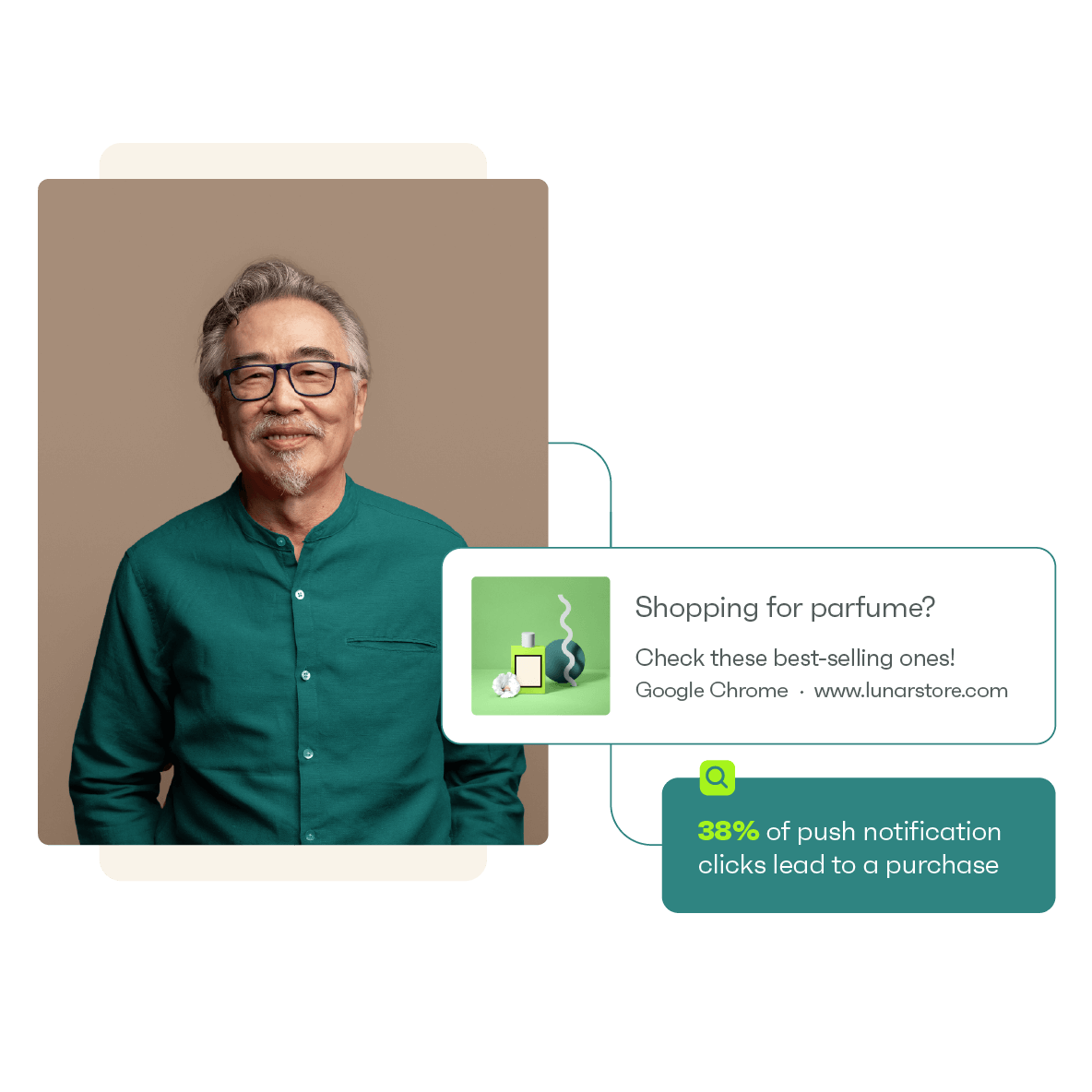
These and more functions such as its tracking and reporting features, and A/B testing set it apart as the ideal tool for ecommerce email and SMS marketing.
What’s more?
You can get started with Omnisend for free.
Ready to kickstart your online business?
Truth is, it’s easier than ever to sell online in this day and age. Not only because of the numerous resources available but also because you need very little financial investment to get started.
So if you were struggling with making the first move, this extensive guide on how to sell online will make things easier.
What’s more?
You’re in control of your marketing and have every tool at your disposal. For instance, there’s the Omnisend email marketing automation software, which you can get here for free.
quick links
related features
No fluff, no spam, no corporate filler. Just a friendly letter, twice a month.
